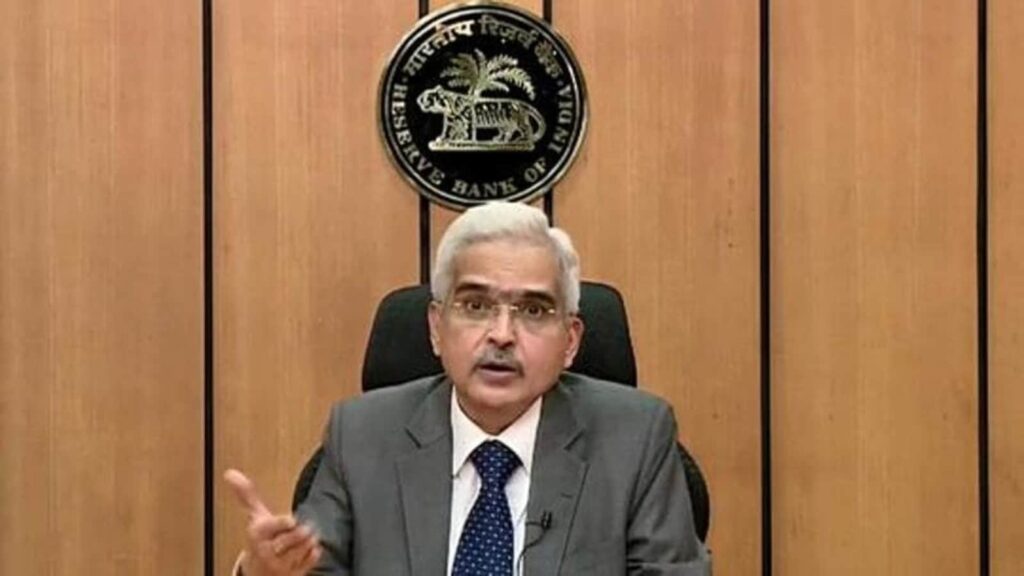That the Monetary Policy Committee (MPC) of the Reserve Bank of India (RBI) would not change interest rates or its monetary policy stance this week was widely expected. Its decision on August 10 is in keeping with these expectations. There is also a broad-based consensus that inflation numbers are likely to see a spike in July, perhaps even through August. The MPC’s upward revision of the September quarter inflation forecast by a percentage point from 5.2% to 6.2%, and the fiscal year 2023-24 inflation forecast from 5.2% to 5.4% underlines this belief. But the MPC is not just a group of people that makes projections about inflation and growth. The latter set of numbers has not seen any change between the June and August MPC meetings. Its primary task is to use interest rates to ensure that there is a fine balance between inflation and growth in the economy. When demand surges ahead of supply, interest rates are hiked to generate headwinds for demand so that the equilibrium is restored. This logic, however, is neither effective nor desirable when it comes to dealing with food prices. And this is precisely the problem the MPC is faced with at the moment.
July inflation numbers will likely see a spike due to tomatoes. There are fears that an onion price shock could follow the tomato price rally (which would appear to be cooling). Cereal prices, both internationally and in domestic markets, continue to stay above comfort levels. Thirty nine percent of India’s Consumer Price Index (CPI) basket is food items. If food inflation continues to remain high, overall inflation will not cool down. This also means that the 4% inflation target will continue to elude the economy and the MPC. What is the central bank expected to do in such a scenario? Friday’s MPC resolution suggests that, while there is a lot of concern around the food price situation, the central bank does not see a full-blown crisis yet. Still, both the resolution and the governor’s statement make it clear that if — and the MPC’s tone suggests that it is also hoping that such a situation will not arise — food prices continue to surge in the next few months, the MPC will not hesitate to revisit the pause in its monetary tightening stance.
This kind of hawkish commentary by the MPC is very different from the tone it adopted in the immediate post-pandemic phase, when interest rates were not increased despite a rise in inflation and the governor kept reiterating that the central bank was taking a pragmatic approach rather than just a dogmatic adherence to the rules. What explains this change in approach? This is perhaps a reflection of a growing confidence in the short- and medium-term prospects of the economy at the moment. Some indicators such as credit growth suggest that both consumption and investment might be on the cusp of a revival. Even the global economic picture does not appear as gloomy as it was a couple of months ago. Of course, things could go downhill very fast if food prices continue to rise and a wage-price spiral kicks in. Preventing such a mishap will require close coordination between the government and RBI. Thankfully this is one area where the present set of leadership on Mint Street and North Block has done well.
Experience unrestricted digital access with HT Premium
Explore amazing offers on HT + Economist


